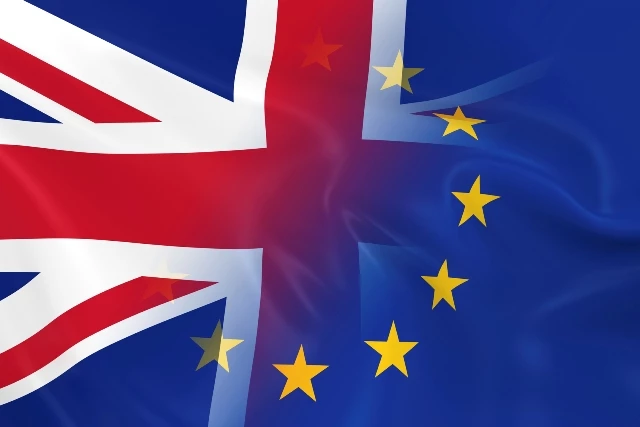
Partner Article
Brexit: Back it or Battle it, Businesses are Missing a Trick if They Don’t Go Global
The long-contested separation between Britain and the EU is nearing its conclusion, and deal or no deal, at 11pm March 29 2019, the UK is still scheduled to leave the bloc. Brexit has been heralded as everything from the biggest political blunder in modern day British history, to, in the words of Boris Johnson, an amazing opportunity to ‘maximise the particular advantages of the UK as an open, outward-looking global economy.’
Back it or battle it, Brexit is happening and despite the widespread fears that accompany it, it has led to most businesses considering new opportunities inspired by local and global change, including new markets and international expansion.
So how can existing British companies, and indeed European companies already suffering low cross border trade volume look to tap into other markets, and truly go global? And how can new companies go global from day one?
-
Think globally. If you increase your market substantially, the world is your oyster. Look at WhatsApp – if it had just focused on the US market, it would have failed as it initially grew fundamentally through international means. There are people with needs all over the world and there are different conditions in each market, but the fundamental gist is this: if you can have a market of 3.5 billion people, why would you focus on a market of only 300 million?
-
Translate your website and app into the languages of the countries you want to target, and get some website analytics in place. The earlier you do this the better, as it will enable to you to determine where people are responding to your message, and will dictate what languages you should focus your efforts on.
-
Translate your blogs and newsletters. This is an important next step, as it will allow you to begin prospect and customer marketing, while also making your site a go-to news source. It may also be time to consider whether you want to go beyond translation, to develop topical local content. For example, if you’ve got offices in different locations, you may choose to use your blog to write about what matters to customers in different locations.
-
Prepare for the needs of your global customers. Customer service is probably the most important part of going global, and it usually means evolving your customer service platform so that you can easily provide customer service in multiple languages, and so that you can ensure a consistent customer experience in a highly competitive global market. This means establishing a technological intermediary so that messages can be sent and received in a customer’s native tongue and so that customer support emails, and live chats. It should also mean globalising your self-help resources, including chat bots, so that customers can help themselves in their preferred language.
-
Video is also key. Most people consume video on their phones without sound, but there is technology that is fast enough for almost-real-time video subtitling. If you can provide subtitle in different languages, think of the huge global market you’ll be tapping.
These are only a few of the steps many businesses are taking in a departure from ‘business as usual’ as they prepare for Brexit. It’s also important to note that most are taking advantage of automation, AI and Machine Learning technologies to make these digital transformations happen quickly and efficiently rather than attempting manual translation and stop gap measures to customer service.
While the ‘Beware of Brexit’ backlash lingers, there’s a bright light at the end of the tunnel for businesses looking to accommodate change to globalise, and a ready-made landscape of opportunity for new businesses looking to go global from day one.
This was posted in Bdaily's Members' News section by Vasco Pedro .








 How to make your growth strategy deliver in 2026
How to make your growth strategy deliver in 2026
 Powering a new wave of regional screen indies
Powering a new wave of regional screen indies
 A new year and a new outlook for property scene
A new year and a new outlook for property scene
 Zero per cent - but maximum brand exposure
Zero per cent - but maximum brand exposure
 We don’t talk about money stress enough
We don’t talk about money stress enough
 A year of resilience, growth and collaboration
A year of resilience, growth and collaboration
 Apprenticeships: Lower standards risk safety
Apprenticeships: Lower standards risk safety
 Keeping it reel: Creating video in an authenticity era
Keeping it reel: Creating video in an authenticity era
 Budget: Creating a more vibrant market economy
Budget: Creating a more vibrant market economy
 Celebrating excellence and community support
Celebrating excellence and community support
 The value of nurturing homegrown innovation
The value of nurturing homegrown innovation
 A dynamic, fair and innovative economy
A dynamic, fair and innovative economy